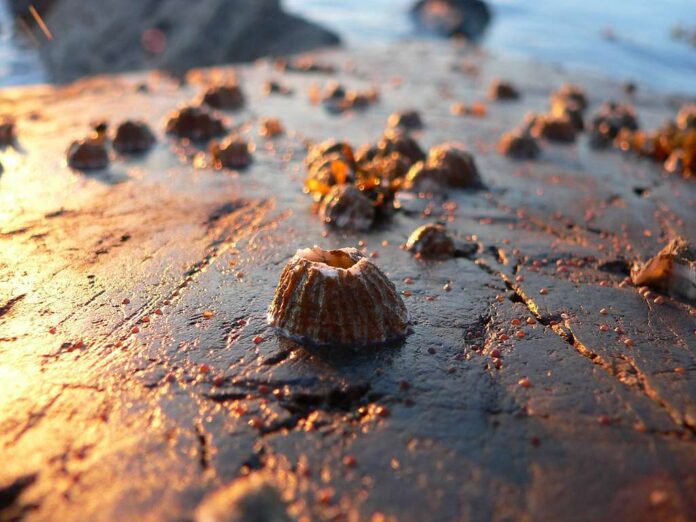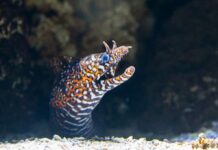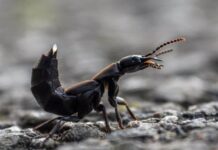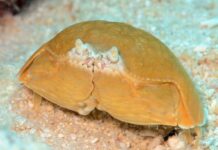Have you ever wondered what barnacles are? I always see videos of a fisherman rescuing lobsters from barnacles, and throwing them back into the sea with a snack. And here I am to show you some basic information about barnacles today. It is so strange to know that barnacles are also crustaceans that are related to crabs and lobsters. Because they are the parasites that attach themselves to their crab and lobster relatives. What’s more? Let’s find out below!
1Appearance
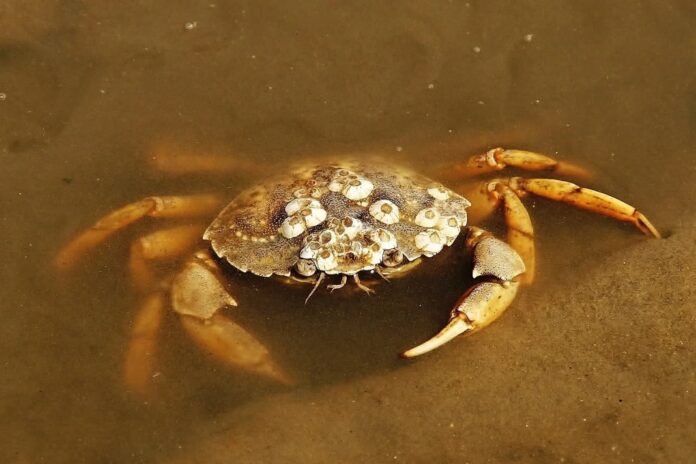
A barnacle looks like a mollusk with shells, having a size from about 1 to 7 centimeters across. A barnacle has 6 overlapping shell plates that are grayish-white in color but some species can be black, cream, or yellow. It has a flat base and an opening at the top with two valves that open and close. They grow by adding calcium carbonate to the edges of their shell plates. Meanwhile, they grow the interior by shedding their exoskeleton the same way crustaceans molt. And not so much of useful information, but they have the longest penis relative to body size of any animal. The extra length assists them in the reproduction process with their neighbors because they don’t move around/
2Behavior
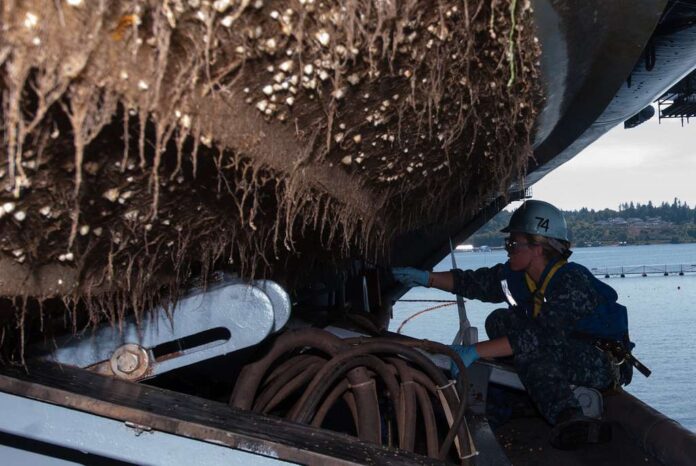
Because they are in colonies, you will never find one single barnacle by itself. Most barnacles are encrusters so they attach themselves to a hard substrate like rocks, shells, ships, and of course, animals. It is very common to see them attaching themselves to manmade structures, causing damage and nuance. For example, a large growth of barnacles on parts of a ship can cause hydrodynamic drag. A heavy growth can increase the weight of a ship, slowing it down and burning more fuel. So how does this clingy attachment work? A barnacle attaches itself to various surfaces by secreting a fast-curing cement that acts like glue. This glue is so strong it permanently attaches to the surface it chooses. Simply put, they are the sworn enemies of those who main vessels because removing these is a pain.
3Feeding & Habitats
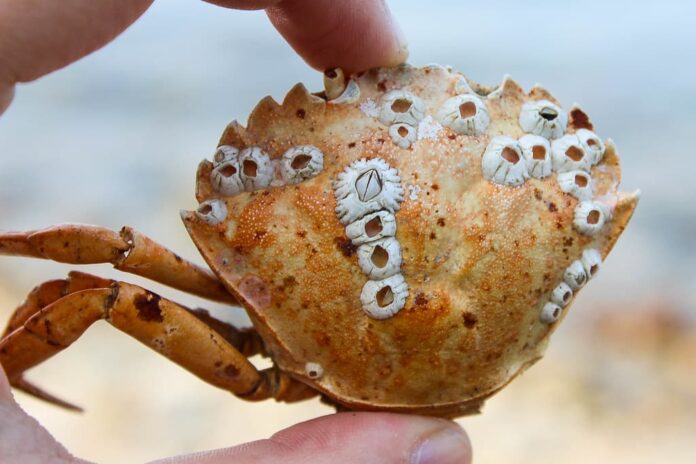
Barnacles are filter feeders, and they feed through feather-like appendages called cirri. It extends the cirri through the opening at the top and combs the water for microscopic organisms. These crustaceans are more active at night because their food sources like tiny organisms and zooplanktons come to the surface at night. There are over 1,000 barnacle species out there, ranging in all marine waters across the world. They inhabit literally anywhere they can attach themselves to such as boat hulls, grasses, jetties, pilings, rocks, and other hard surfaces.
4Reproduction
Our clingy crustaceans here have 3 life stages: two larval stages and one adult stage. They swim freely during the larval stages and they solidly anchor to a surface in their adult stage. Barnacles are hermaphroditic so they are both mother and father. When the water temperature and the season are right, it extends its extraordinarily long penis over to a neighboring shell. This is to deliver the sperm, and the receiver holds the fertilized eggs until they develop into larvae. The receiver then releases the larvae into the ocean where they swim and grow. All barnacle larvae have the special ability to detect and recognize other barnacles of the same species. Once find a spot to settle, they attach their heads to the surface with their appendages facing upward. After that, they begin to build their shells, grow, and expand in size.
5Predators
So what feeds on barnacles? Whelks are one of the most common predators that prey on barnacles, and these snails patrol areas where barnacles exist. They can grind through the arthropods’ exoskeleton, and this special ability allows the whelks to eat the flesh inside. Another predator is starfish, and they eat barnacles by using their feet to pry open their plates. Humans are also one of their main predators, certain barnacle species like Chilean giant barnacle and goose barnacle are popular food.
Related Post: World’s Worst Invasive Alien Species

